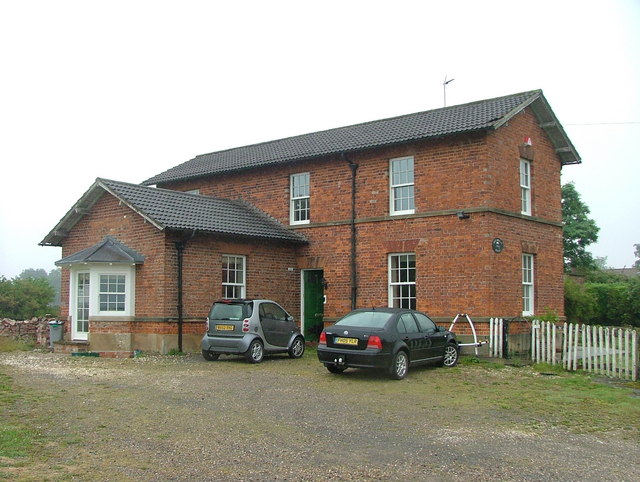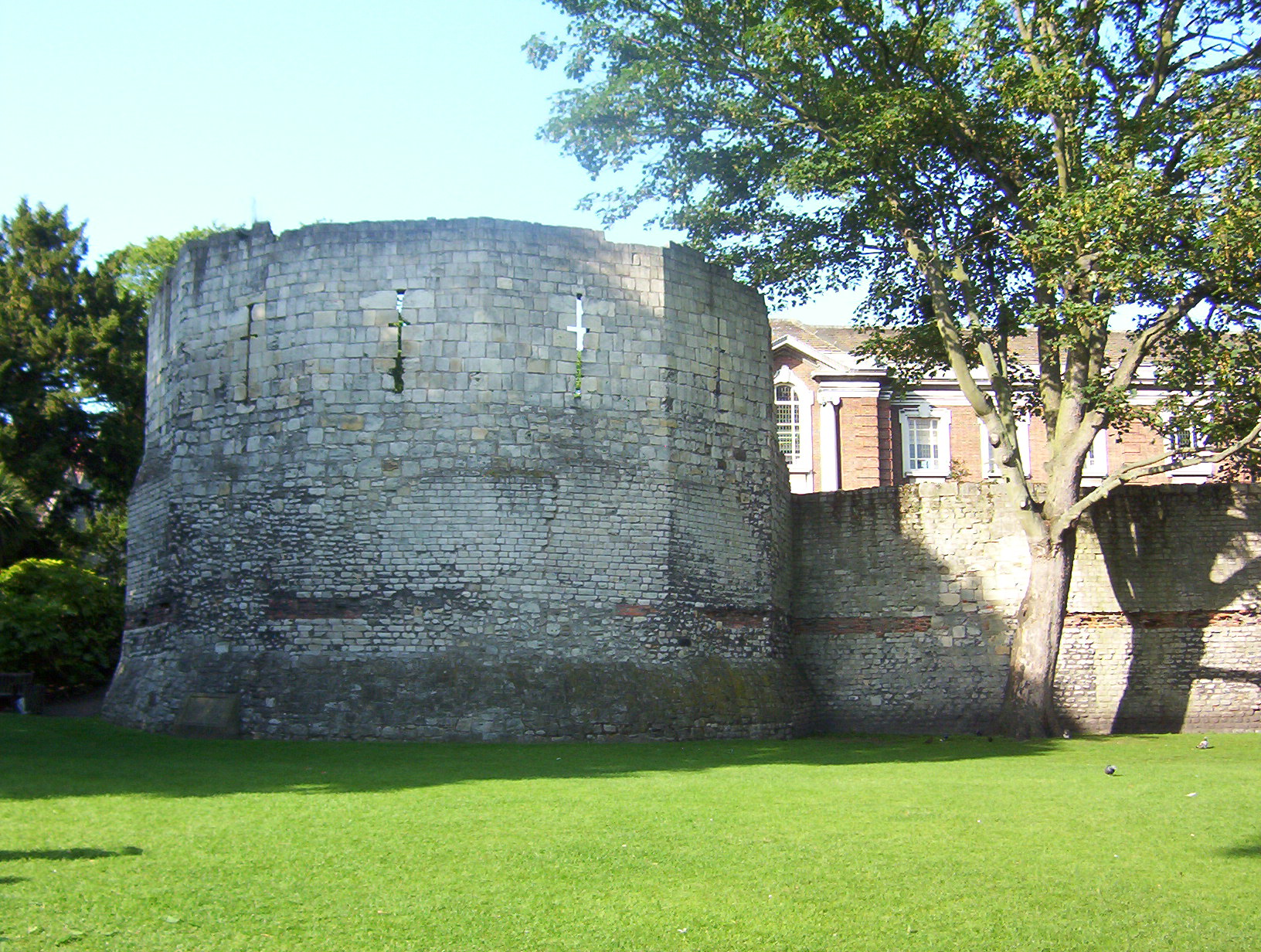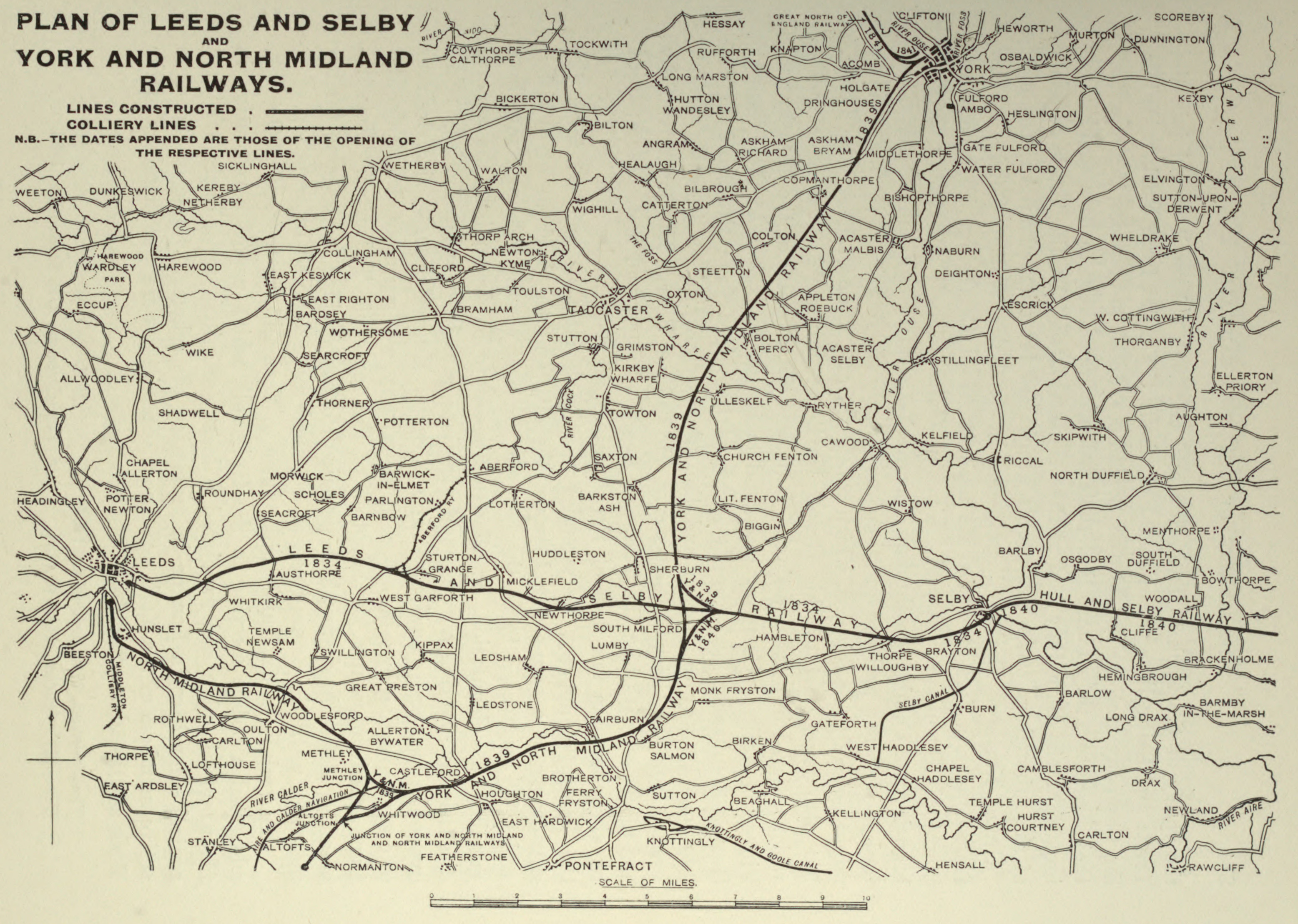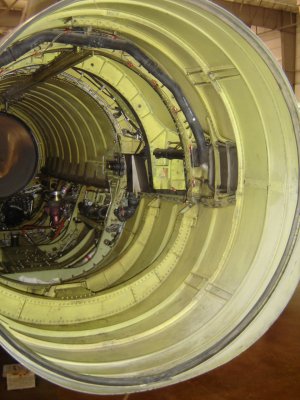|
Londesborough Park Railway Station
Londesborough Park railway station was a short-lived private station on the York to Beverley Line at Londesborough in the East Riding of Yorkshire, England. It was created as a private station for George Hudson of Londesborough Hall Londesborough Hall is a country house in the village of Londesborough in the East Riding of Yorkshire, England, close to the towns of Market Weighton and Pocklington. The original Elizabethan building was demolished in 1819 and replaced by t .... It closed in January 1867. References * * External links * Disused railway stations in the East Riding of Yorkshire Former York and North Midland Railway stations Railway stations in Great Britain closed in 1867 {{Yorkshire-Humber-railstation-stub ... [...More Info...] [...Related Items...] OR: [Wikipedia] [Google] [Baidu] |
Londesborough
Londesborough is a village and civil parish in the East Riding of Yorkshire, England. It is situated approximately north of the market town of Market Weighton. The civil parish is formed by the village of Londesborough and the hamlet of Middlethorpe. According to the 2011 UK census, Londesborough parish had a population of 182, a reduction of one on the 2001 UK census figure. The Yorkshire Wolds Way National Trail, a long distance footpath passes through the village. Some scholars suggest the still-undiscovered Roman camp of Delgovicia is in the vicinity of Londesborough. Londesborough Hall was a country house in the village but all that now remains is the park land that surrounded the house which is called Londesborough Park. The church dedicated to All Saints was designated a Grade I listed building in 1967 and is now recorded in the National Heritage List for England, maintained by Historic England. In 1823 Londesborough was a civil parish in the Holme Beacon Division ... [...More Info...] [...Related Items...] OR: [Wikipedia] [Google] [Baidu] |
East Riding Of Yorkshire
The East Riding of Yorkshire, or simply East Riding or East Yorkshire, is a ceremonial county and unitary authority area in the Yorkshire and the Humber region of England. It borders North Yorkshire to the north and west, South Yorkshire to the south-west, and Lincolnshire to the south. The coastal towns of Bridlington, Hornsea and Withernsea are popular with tourists, the town of Howden contains Howden Minster, Market Weighton, Pocklington, Brough, Hedon and Driffield are market towns with markets held throughout the year and Hessle and Goole are important port towns for the county. The port city of Kingston upon Hull is an economic, transport and tourism centre which also receives much sea freight from around the world. The current East Riding of Yorkshire came into existence in 1996 after the abolition of the County of Humberside. The county's administration is in the ancient market town of Beverley. The landscape is mainly rural, consisting of rolling hil ... [...More Info...] [...Related Items...] OR: [Wikipedia] [Google] [Baidu] |
Ordnance Survey National Grid
The Ordnance Survey National Grid reference system (OSGB) (also known as British National Grid (BNG)) is a system of geographic grid references used in Great Britain, distinct from latitude and longitude. The Ordnance Survey (OS) devised the national grid reference system, and it is heavily used in their survey data, and in maps based on those surveys, whether published by the Ordnance Survey or by commercial map producers. Grid references are also commonly quoted in other publications and data sources, such as guide books and government planning documents. A number of different systems exist that can provide grid references for locations within the British Isles: this article describes the system created solely for Great Britain and its outlying islands (including the Isle of Man); the Irish grid reference system was a similar system created by the Ordnance Survey of Ireland and the Ordnance Survey of Northern Ireland for the island of Ireland. The Universal Transverse ... [...More Info...] [...Related Items...] OR: [Wikipedia] [Google] [Baidu] |
York And North Midland Railway
The York and North Midland Railway (Y&NMR) was an English railway company that opened in 1839 connecting York with the Leeds and Selby Railway, and in 1840 extended this line to meet the North Midland Railway at Normanton near Leeds. Its first chairman was the railway financier George Hudson, who had been called the railway king. The railway expanded, by building new lines or buying or leasing already built ones, to serve Hull, Scarborough, Whitby, Market Weighton and Harrogate. In 1849 Hudson resigned as chairman as an investigation found financial irregularities in his running of the company. The results of a price war in the early 1850s led to amalgamation and on 31 July 1854 the Y&NMR merged with the Leeds Northern Railway and the York, Newcastle & Berwick Railway to form the North Eastern Railway. Origins Having seen the success of the Liverpool and Manchester Railway and, in 1833, Acts of Parliament for lines to London from Lancashire – the Grand Junction and ... [...More Info...] [...Related Items...] OR: [Wikipedia] [Google] [Baidu] |
Train Station
A train station, railway station, railroad station or depot is a railway facility where trains stop to load or unload passengers, freight or both. It generally consists of at least one platform, one track and a station building providing such ancillary services as ticket sales, waiting rooms and baggage/freight service. If a station is on a single-track line, it often has a passing loop to facilitate traffic movements. Places at which passengers only occasionally board or leave a train, sometimes consisting of a short platform and a waiting shed but sometimes indicated by no more than a sign, are variously referred to as "stops", " flag stops", " halts", or "provisional stopping places". The stations themselves may be at ground level, underground or elevated. Connections may be available to intersecting rail lines or other transport modes such as buses, trams or other rapid transit systems. Terminology In British English, traditional terminology favours ''railwa ... [...More Info...] [...Related Items...] OR: [Wikipedia] [Google] [Baidu] |
York To Beverley Line
York is a cathedral city with Roman origins, sited at the confluence of the rivers Ouse and Foss in North Yorkshire, England. It is the historic county town of Yorkshire. The city has many historic buildings and other structures, such as a minster, castle, and city walls. It is the largest settlement and the administrative centre of the wider City of York district. The city was founded under the name of Eboracum in 71 AD. It then became the capital of the Roman province of Britannia Inferior, and later of the kingdoms of Deira, Northumbria, and Scandinavian York. In the Middle Ages, it became the northern England ecclesiastical province's centre, and grew as a wool-trading centre. In the 19th century, it became a major railway network hub and confectionery manufacturing centre. During the Second World War, part of the Baedeker Blitz bombed the city; it was less affected by the war than other northern cities, with several historic buildings being gutted and restored ... [...More Info...] [...Related Items...] OR: [Wikipedia] [Google] [Baidu] |
George Hudson
George Hudson (probably 10 March 1800 – 14 December 1871) was an English railway financier and politician who, because he controlled a significant part of the railway network in the 1840s, became known as "The Railway King"—a title conferred on him by Sydney Smith in 1844. Hudson played a significant role in linking London to Edinburgh by rail, carrying out the first major merging of railway companies (the Midland Railway) and developing his home city of York into a major railway junction. He also represented Sunderland in the House of Commons. Hudson's success was built on dubious financial practices and he frequently paid shareholders out of capital rather than money the company had earned. Eventually in 1849, a series of enquiries, launched by the railways he was chairman of, exposed his methods, although many leading the enquiries had benefited from and approved of Hudson's methods when it suited them. Hudson fell a long way, becoming bankrupt, and after losing his Sun ... [...More Info...] [...Related Items...] OR: [Wikipedia] [Google] [Baidu] |
Londesborough Hall
Londesborough Hall is a country house in the village of Londesborough in the East Riding of Yorkshire, England, close to the towns of Market Weighton and Pocklington. The original Elizabethan building was demolished in 1819 and replaced by the present Victorian house. History The Londesborough estate belonged, in the 16th and early 17th century, to the Clifford family, the Earls of Cumberland. The original house was built by George Clifford, 3rd Earl of Cumberland, in 1589, created in the Elizabethan style. In 1643, the last Earl, Henry Clifford, 5th Earl of Cumberland died. His only child, Lady Elizabeth Clifford, had married Richard Boyle, 2nd Earl of Cork, and thus the property passed to the Boyle family. In 1664, Richard Boyle was also created 1st Earl of Burlington. Robert Hooke was engaged to enlarge the house and lay out formal gardens, between 1679 and 1683. Richard Boyle, 3rd Earl of Burlington, who was the principal patron of the Palladian movement in England, and ... [...More Info...] [...Related Items...] OR: [Wikipedia] [Google] [Baidu] |
Nunburnholme Railway Station
Nunburnholme railway station was a railway station on the York to Beverley Line in the East Riding of Yorkshire The East Riding of Yorkshire, or simply East Riding or East Yorkshire, is a ceremonial county and unitary authority area in the Yorkshire and the Humber region of England. It borders North Yorkshire to the north and west, South Yorkshire t ..., England. It opened in 1848 as Burnby, and was renamed 1873. It closed in 1951. History Burnby railway station opened in 1848. It was renamed Nunburnholme on 1 January 1873. The station served the villages of Nunburnholme and Burnby. It closed on 31 March 1951. References Sources * * Disused railway stations in the East Riding of Yorkshire Former York and North Midland Railway stations Railway stations in Great Britain opened in 1848 Railway stations in Great Britain closed in 1951 1847 establishments in England George Townsend Andrews railway stations {{Yorkshire-Humber-railstation-stub ... [...More Info...] [...Related Items...] OR: [Wikipedia] [Google] [Baidu] |
Londesborough Railway Station
Londesborough railway station was a station on the York to Beverley Line in the East Riding of Yorkshire, England. It opened on 4 October 1847 and served the villages of Shiptonthorpe and Londesborough Londesborough is a village and civil parish in the East Riding of Yorkshire, England. It is situated approximately north of the market town of Market Weighton. The civil parish is formed by the village of Londesborough and the hamlet of Midd .... The station was originally named Shipton & Londesborough, was renamed to Shipton in April 1864 and became Londesborough in January 1867. It closed after the last train ran on 27 November 1965. References * * External links Londesborough station on navigable 1947 O. S. map* Disused railway stations in the East Riding of Yorkshire Former York and North Midland Railway stations Beeching closures in England Railway stations in Great Britain opened in 1847 Railway stations in Great Britain closed in 1965 1847 establ ... [...More Info...] [...Related Items...] OR: [Wikipedia] [Google] [Baidu] |
Former York And North Midland Railway Stations
A former is an object, such as a template, gauge or cutting die, which is used to form something such as a boat's hull. Typically, a former gives shape to a structure that may have complex curvature. A former may become an integral part of the finished structure, as in an aircraft fuselage, or it may be removable, being using in the construction process and then discarded or re-used. Aircraft formers Formers are used in the construction of aircraft fuselage, of which a typical fuselage has a series from the nose to the empennage, typically perpendicular to the longitudinal axis of the aircraft. The primary purpose of formers is to establish the shape of the fuselage and reduce the column length of stringers to prevent instability. Formers are typically attached to longerons, which support the skin of the aircraft. The "former-and-longeron" technique (also called stations and stringers) was adopted from boat construction, and was typical of light aircraft built until the a ... [...More Info...] [...Related Items...] OR: [Wikipedia] [Google] [Baidu] |


.jpg)
.jpg)



